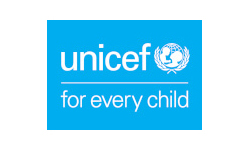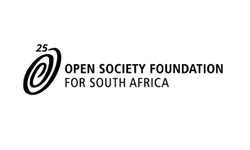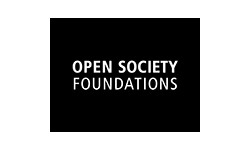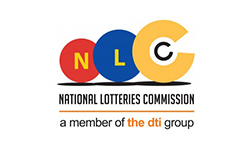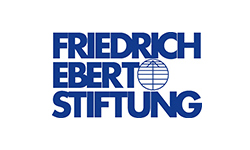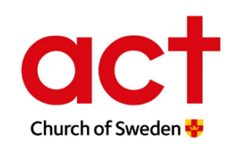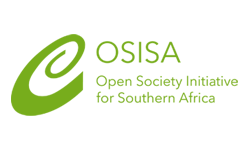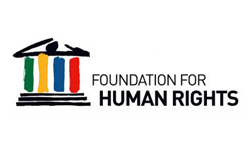Dynamics between savings and credit for low-income households
Access to microfinance and microcredit for the poor has sparked critical debates over its ‘acclaimed’ successes and failures. Advocates of the microfinance agenda argue that expanding access to microfinance and microcredit to the poor forms an important constituent of the new developmental agenda. Becker et al (2008) argue that financial ‘exclusion’ is a barrier to economic development, and that there is a need to build financial systems that will foster more financial ‘inclusion’. Murdoch (1995 and 2005) argues that due to its positive results, the microfinance sector has grown, expanded and gained popularity. Impact assessments on the effects of access to microcredit on the poor indicate that it can improve the welfare of the poor.1 Access to microcredit is seen as a mechanism that enables poor people to mitigate short term financial constraints and economic shocks. Since gaining popularity in the 1980s, the Grameen Bank has ushered a new way of thinking around access to microfinance and financial inclusion for both state and non-state actors.
Full document: Dynamics between savings and credit for low-income households

